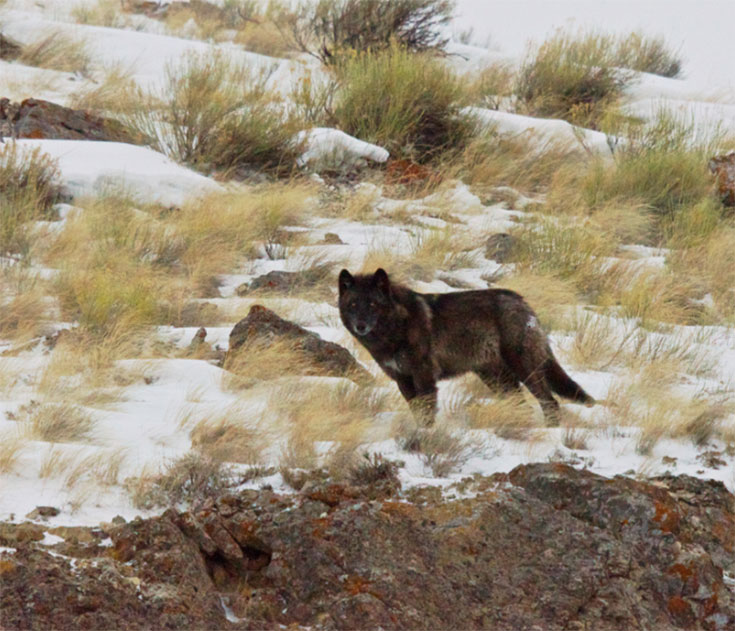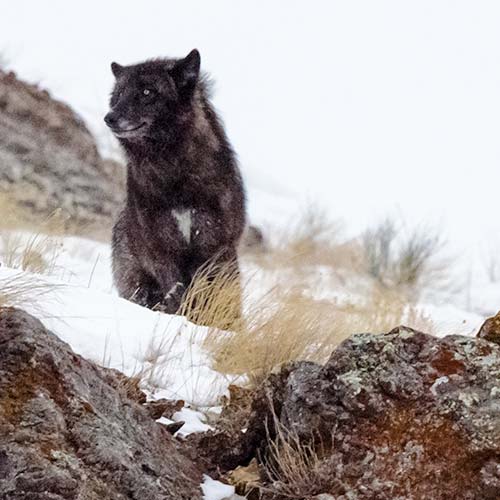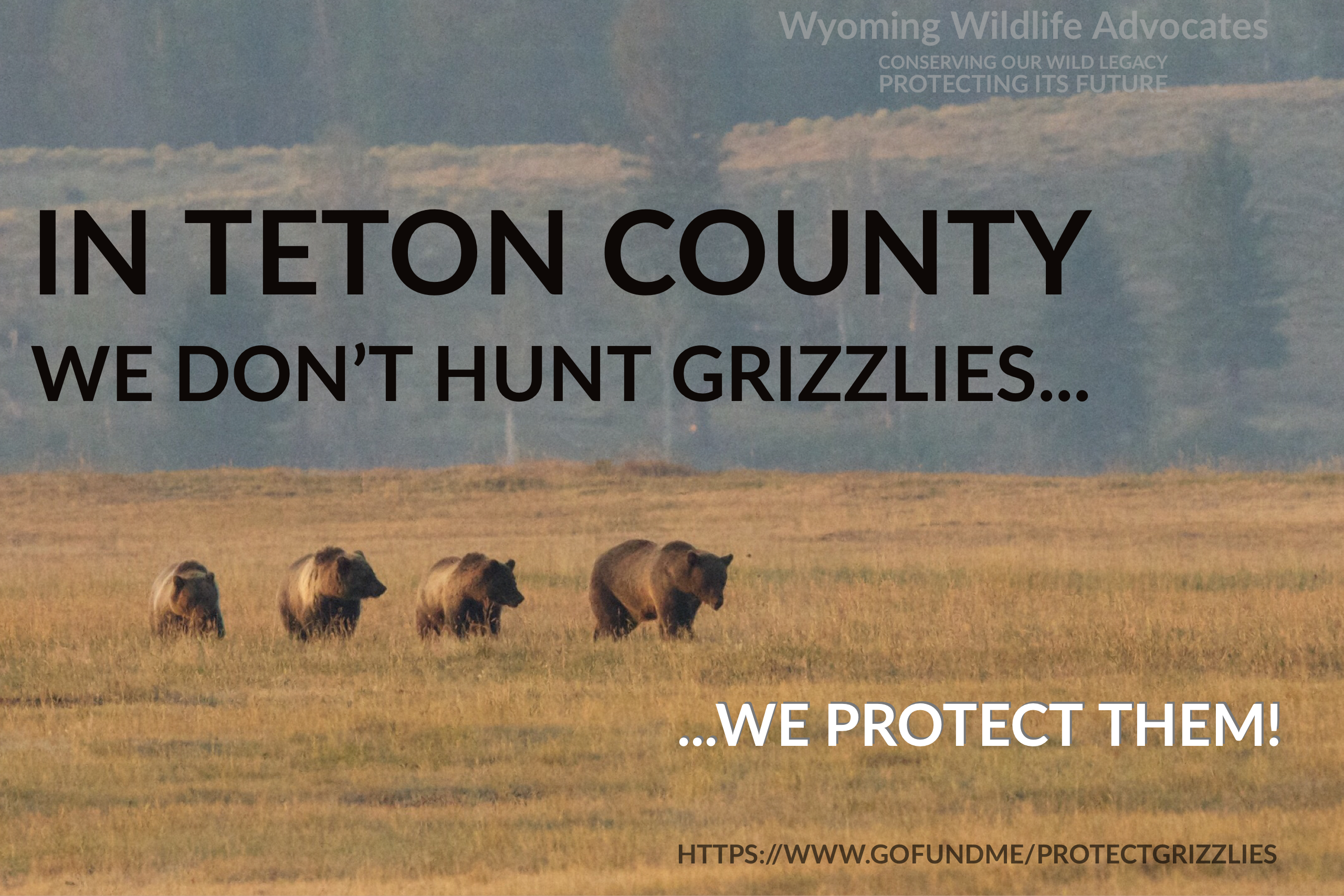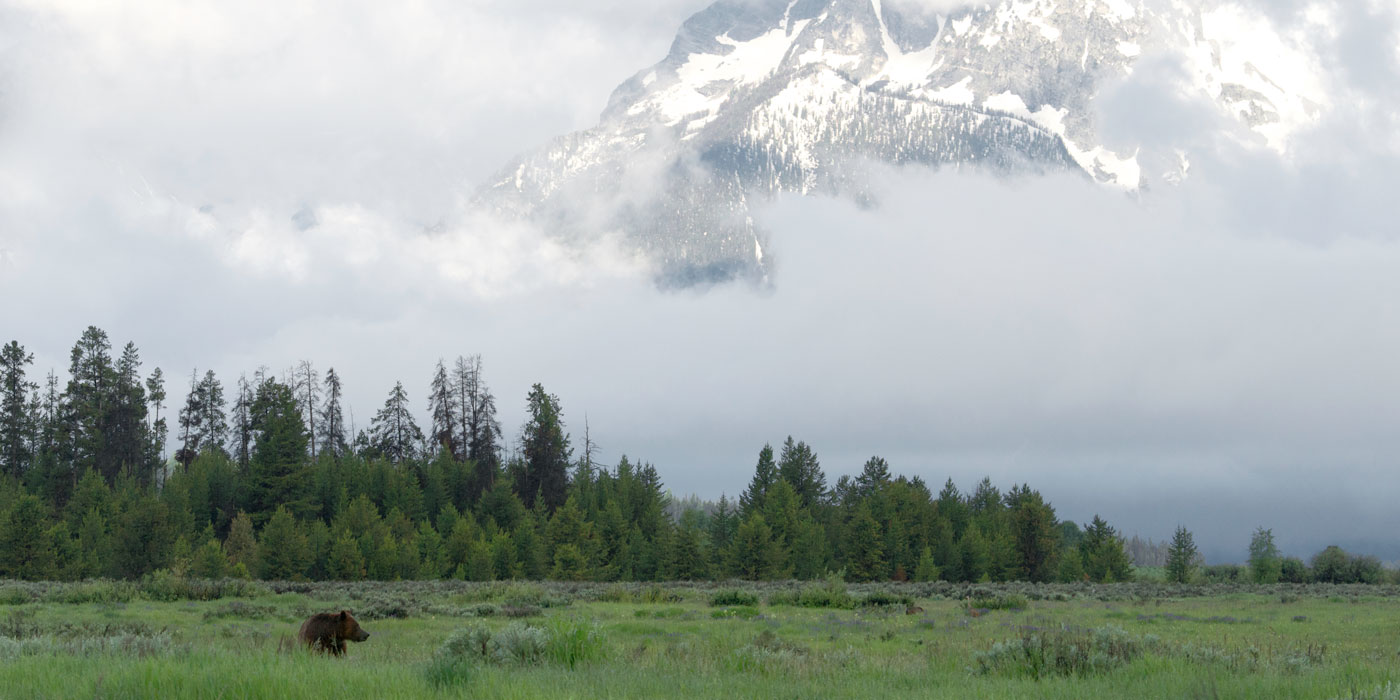With low temperatures and snow falling across Western Wyoming, the chances of hunter success will likely increase over the next few weeks. Wyoming wolves are once again in the crosshairs of hunters rifles as the Wyoming Game and Fish Department (WGFD) increased the quota in the trophy hunt area to 58 wolves allowed to be killed this hunting season through December 31. This came also with the expansion of the hunting season by one month starting on September 1.
An unlimited number of wolves can be killed in the predator zone which encompasses most of the state. With that in mind, let’s take a look at some problems that could be addressed by letting wolves exist on the landscape and regulate themselves.
The biologists at the WGFD must have somehow missed Ecology 101.
The first problem? Wyoming has too many elk in the northwest portion of the state. Herds are over objective; some by as much as thirty percent. This poses a particular problem with the elk in Grand Teton National Park (GTNP). Grand Teton elk spend the summers in the park and then migrate to the Gros Ventre Mountains in winter, many times to feedgrounds. In order to control the elk population in GTNP, the WGFD and the National Park Service implement an “Elk Reduction Program” every fall (read: hunt). This clearly implies that there are too many elk to be sustained by the carrying capacity of the land inside GTNP.
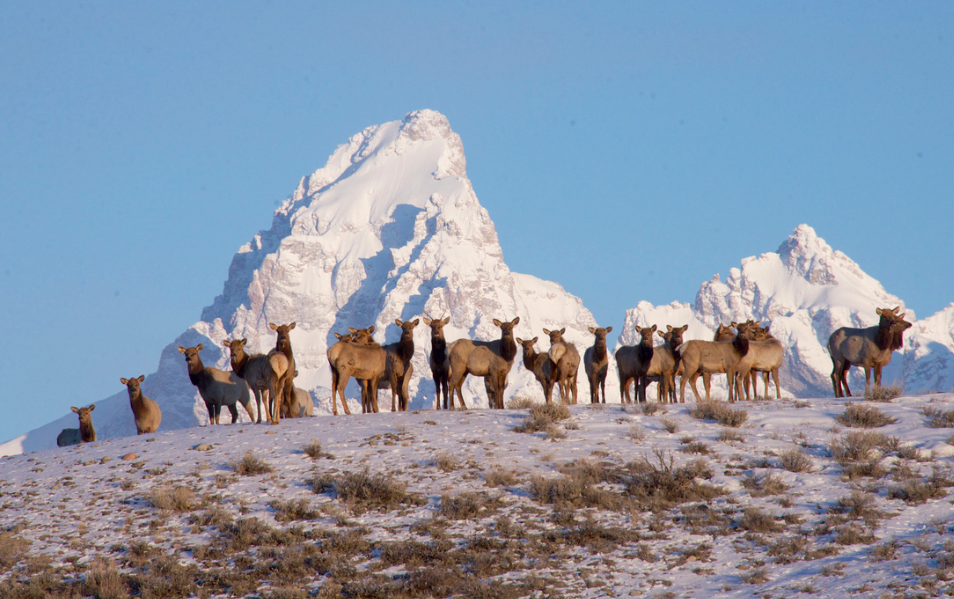
It just so happens that elk are the primary prey of wolves. However, instead of allowing numbers of wolves to increase, especially in the Gros Ventre drainage, the WGFD is killing more due to a slight decrease in elk found in the Gros Ventres. So, we are killing wolves to allow hunters to kill more elk in GTNP and the surrounding Bridger-Teton National Forest. If we just left the wolves alone, they would help take care of the situation for us.
It’s true that elk are more difficult to find because wolves keep them on the move. There were fewer elk last year at Gros Ventre feedgrounds not because there were fewer elk in total, but because the wolves are keeping the elk distributed across the landscape. This dispersion of animals is, in fact, a good thing. It ensures healthier herds as weak and sick animals fall prey to the wolves and the stronger, more robust animals outrun them. Herds move around more, and have less of an impact on habitats, especially aspen groves.
The WGFD also claimed there were fewer wolves present in the Gros Ventres due to interspecies strife. So why then, did the WGFD feel it was necessary to increase the quota in this area?
